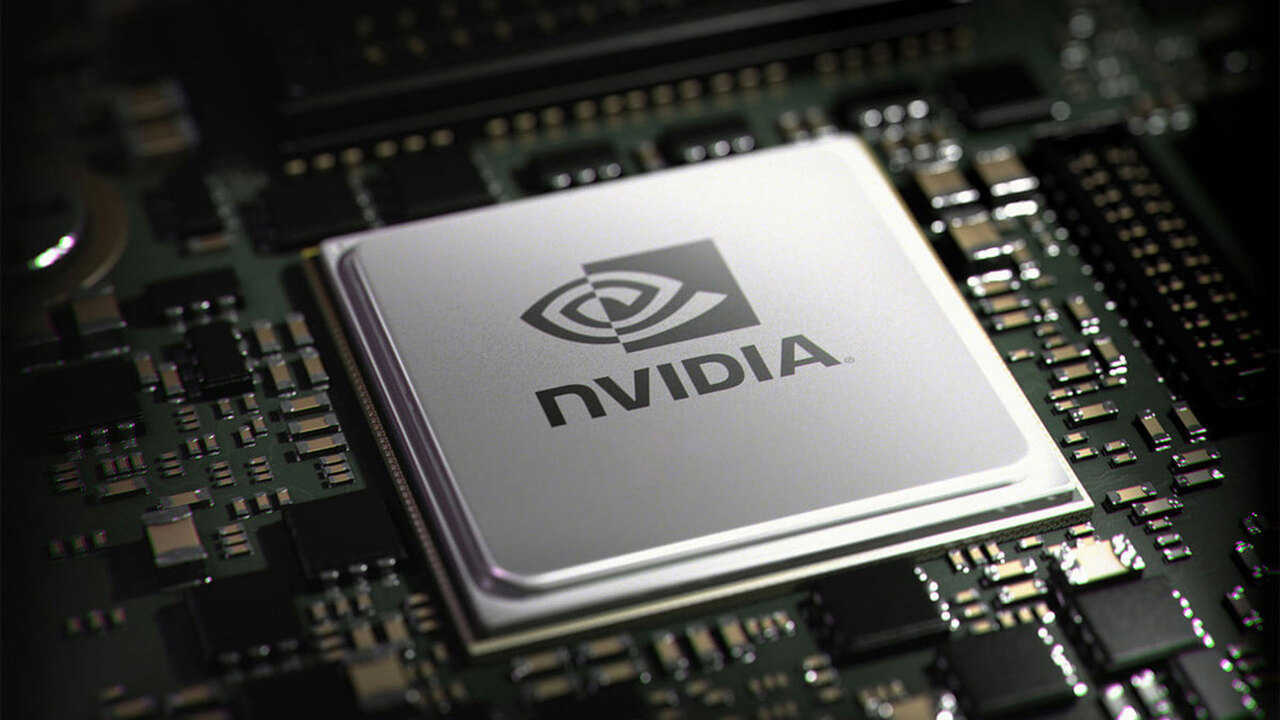Nvidia, a leading company in the field of artificial intelligence, and memory technology giant Kioxia are preparing to take a revolutionary step in the world of data storage. The two companies have joined forces to develop commercial SSDs that will operate 100 times faster than traditional SSDs, aiming to release them by 2027. This collaboration paves the way for a significant leap forward in AI technologies.
Nvidia to develop new SSD technology
Nvidia is known to be exploring solutions that are more advanced than its current HBM (High-Bandwidth Memory) technology. In this context, the company is focusing on HBF (High-Bandwidth Flash)-based storage solutions.
In these next-generation systems, SSDs will be integrated directly into the graphics processing unit (GPU). This will provide both high capacity and significantly superior performance to current HBM solutions.

These new SSDs, developed in partnership with Kioxia, are expected to reach a total of 200 million IOPS (input/output operations per second). To achieve this ambitious goal, the plan is to combine two SSDs, each capable of 100 million IOPS. The PCIe 7.0 interface will be utilized for high-speed data transfer, requiring a completely redesigned architecture to replace HBM.
HBF technology, developed by SanDisk, was developed to overcome the current limitations of NAND memory. HBF’s greatest advantage is its ability to provide terabytes of storage capacity in a single device.
This will allow data centers to effectively utilize massive memory pools for AI inference tasks. Kioxia is also reportedly working intensively on high-performance NAND solutions like XL-Flash.













